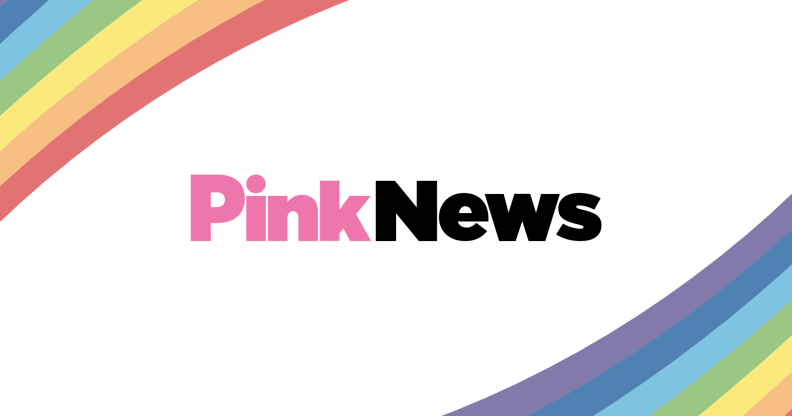Corporate America recognises gender identity discrimination

According to a recent report from America’s Gender Public Advocacy Coalition (GenderPAC), the number of major corporations that have added gender identity and expression to their non-discrimination policies has topped 200.
In 2007, 53 major corporations, including household names like Starbucks, Hallmark Cards, Mastercard, Campbell Soup and J.C. Penney, have expanded their non-discrimination policies to include the gender-based protections.
The total number of these corporations now stands at 230.
“This is an important milestone,” said Cynthia Neff, former head of Global HR Public Policy for IBM and officer of the GenderPAC Board.
“Diversity leaders like IBM, Citigroup and JP Morgan Chase realise that gender identity and expression is the new front line of workplace fairness and diversity, and that is a reason to celebrate.
“No one should be fired, harassed or denied promotion simply because they don’t fit stereotypes for masculinity or femininity,” Neff continued.
“These new policies help ensure that millions of American employees are judged on the quality of their work and given and equal chance to succeed.”
Gender identity refers to an individual’s sense of being male or female, and gender expression describes how people manifest feeling masculine or feminine through their appearance, behaviour, or dress.
Policies that include “gender identity and expression” are designed to protect all employees: transgender and gay individuals as well as those who are simply gender non-conforming, such as a heterosexual male who is perceived to be effeminate or unmanly.
In fact, reported male-on-male workplace harassment is on the rise.
A record-breaking 15.4 percent of the sexual harassment cases filed with the US Equal Employment Opportunity Commission in 2006 were filed by men.
Male employees who are the target of locker-room-type bullying because they are seen as not masculine enough, women who are viewed as “too aggressive” or simply “unfeminine” and new fathers who have taken paternity leave and feel that management has put them on a “Daddy Track” will all benefit from the more inclusive EEO policies, according to Riki Wilchins, GenderPAC executive director.
“A man who decides to change his last name upon marrying, or a woman who chooses not to wear make-up to work should not be subjected to a hostile working environment, but unfortunately it happens,” Wilchins said.
“It comes from the same intolerance that penalises employees who announce that they are transitioning.
“That’s why so many companies are not only expanding their non-discrimination policies, but also educating and training their employees, managers, and human resource professionals about gender-based discrimination and harassment.”
In 1997, Lucent Technologies became the first large corporation to include gender identity in its non-discrimination policies.
The adoption rate of such policies has increased dramatically over the past few years. More than 150 corporations have expanded their policies from 2005.
Corporate America is not the only place where things are shifting.
According to the 2007 GENIUS Index (Gender Equality National Index for Universities Schools), 149 colleges and universities have added the gender-based protections to their non-discrimination policies.
These policies prevent unfair treatment and harassment of students who don’t fit traditional expectations of masculinity or femininity.
The Index showed a fourteen percent increase of institutions of higher education with the expanded non-discrimination policies in 2007.
For a complete listing of major companies that have gender identity and/or expression protections, visit www.gpac.org/workplace.
© 2007 GayWired.com; All Rights Reserved.

